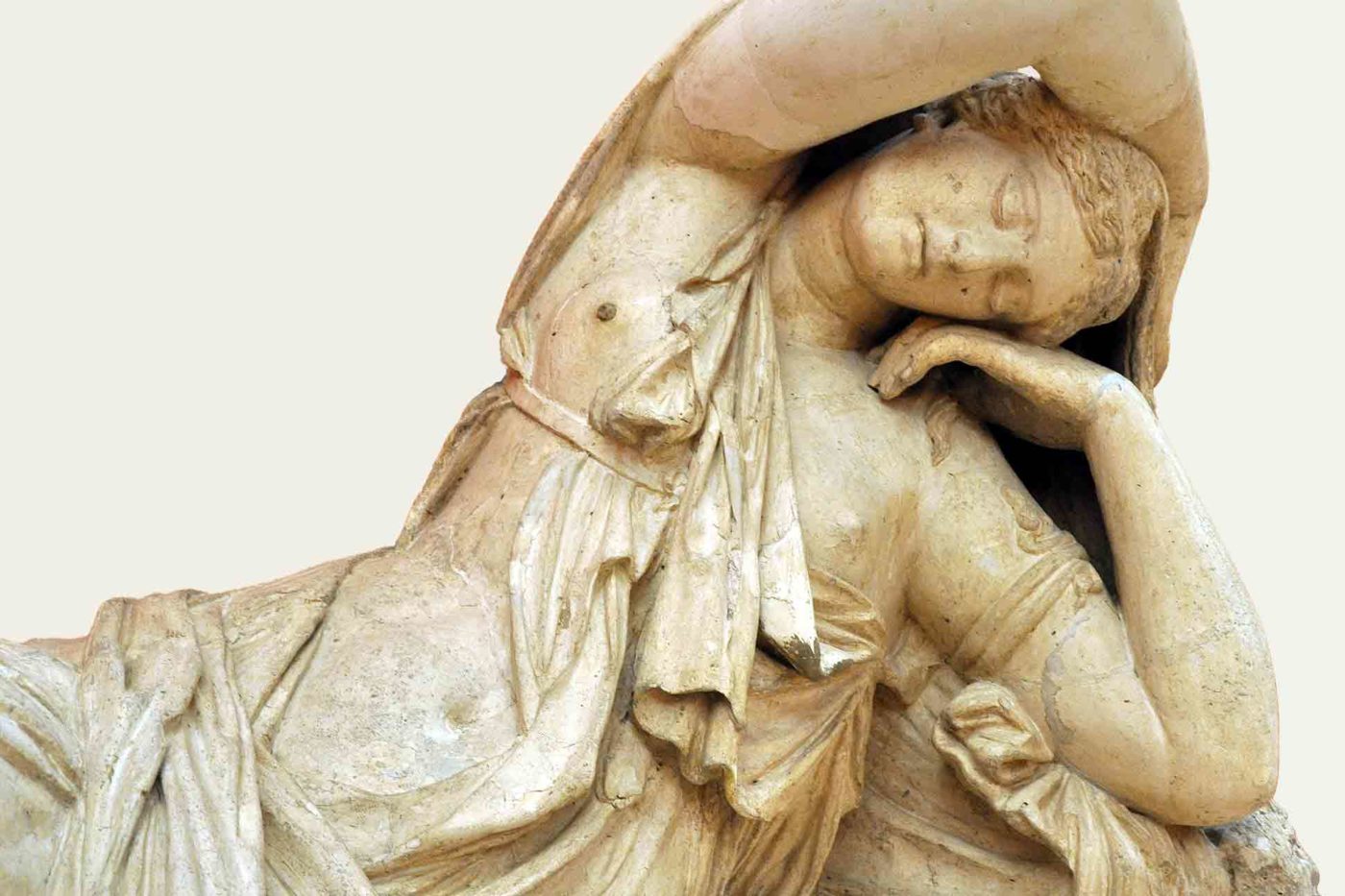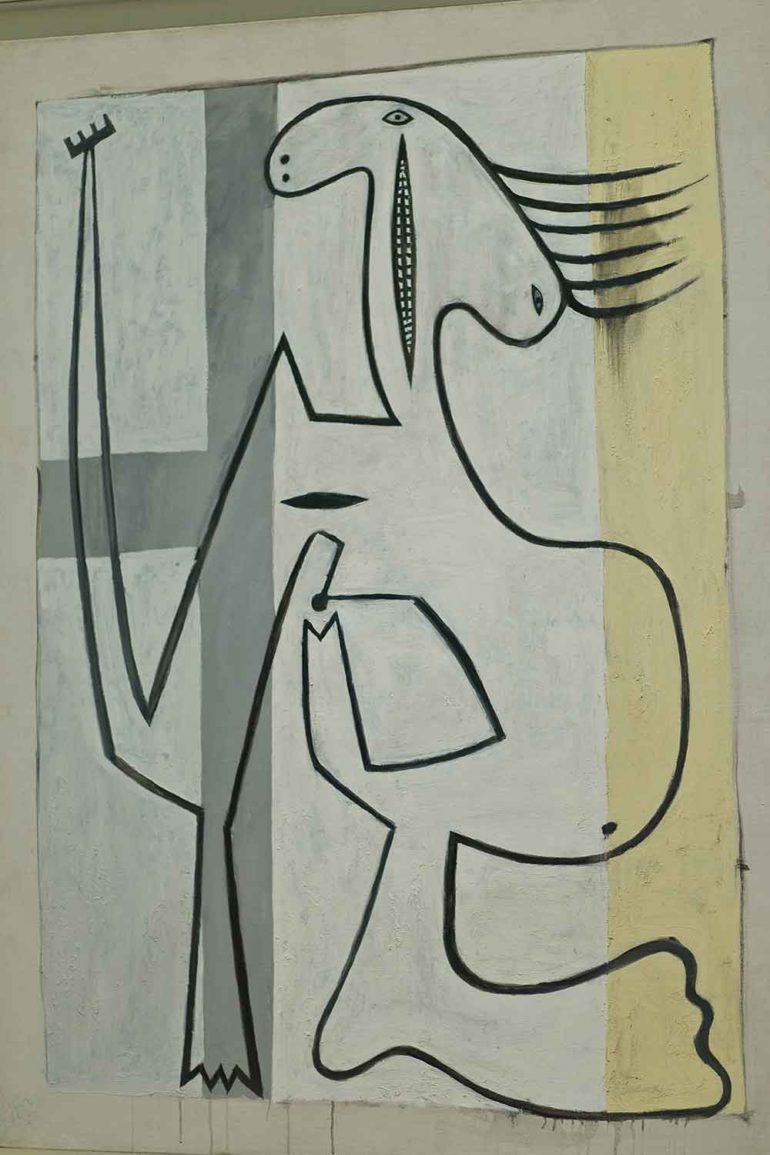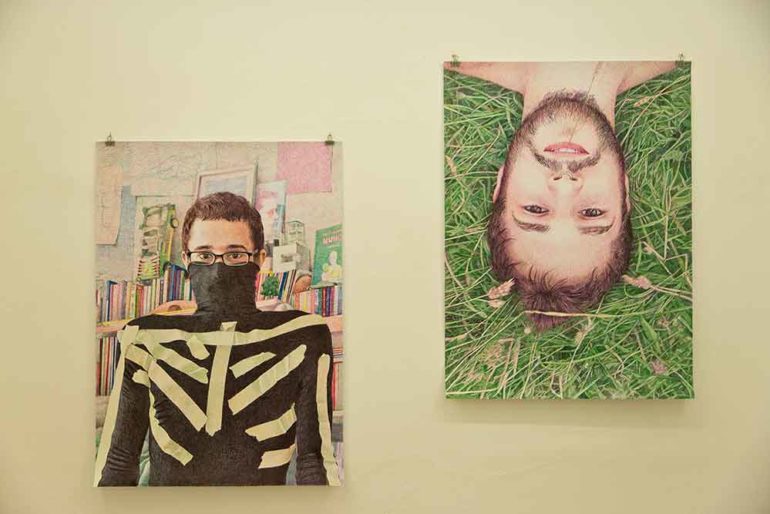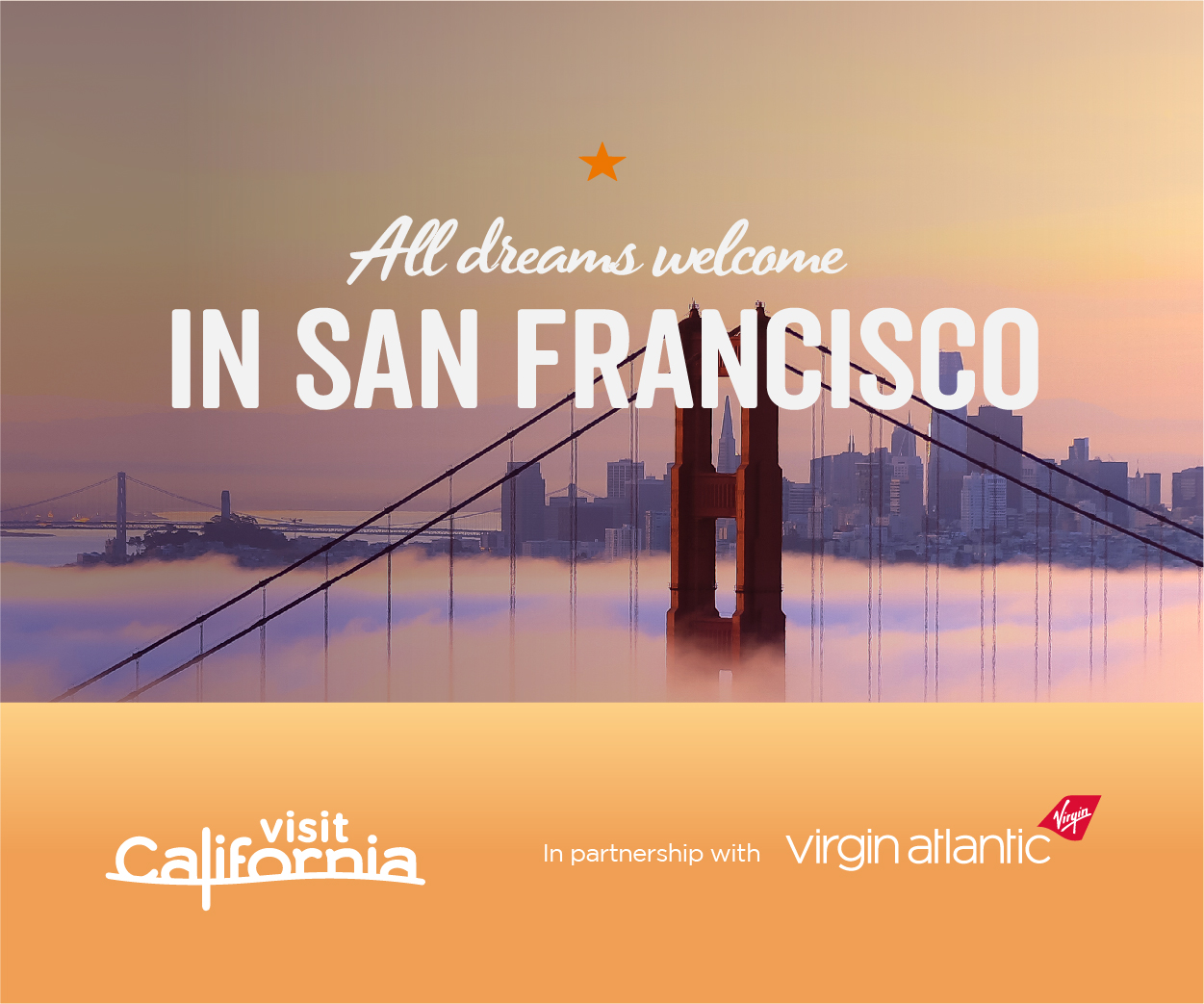From its very own creative minds to the city’s renowned institutions, Madrid has long been a world capital for contemporary art. Uwern Jong explores why.
As an old travelling soul, I thumbed through many a paperback guidebook on Madrid before coming to the Spanish capital. Every single one lists Madrid’s ‘Golden Triangle’ of art, the three great museums – Prado, Thyssen and Reina Sofia – as a collection of top attractions in the city. Stood here under the imposing glass circulation towers of the Museo Reina Sofia, having completed seeing every member of this great triad, I start to understand why…
Madrid is undoubtedly one of the great art capitals of the world, but yet it is relatively understated in its infamy as compared to Paris, or Florence. Collectively, the city has an astonishing and valuable portfolio of masterpieces, as well as a legacy of aggrandising royal collectors, from the peak of the Habsburg Empire to its early 20th-century aristocracy. Together, these three great museums form a catalogue of immense richness and breadth, spanning generations of Spanish masters including Velázquez, Goya, Dalí and Picasso. After all, Madrid was well known as the stomping ground of the last of the old masters and the fathers of cubism and surrealism.
The city has been at the forefront of artistic expression for centuries. But Madrid, and Spain as a whole need not be too attached to its past when it comes to art, as it also has many modern-day achievements. Its burgeoning and forward-looking art scene, both queer and otherwise, is a big talking point among the chattering classes across Spain and the rest of the world.
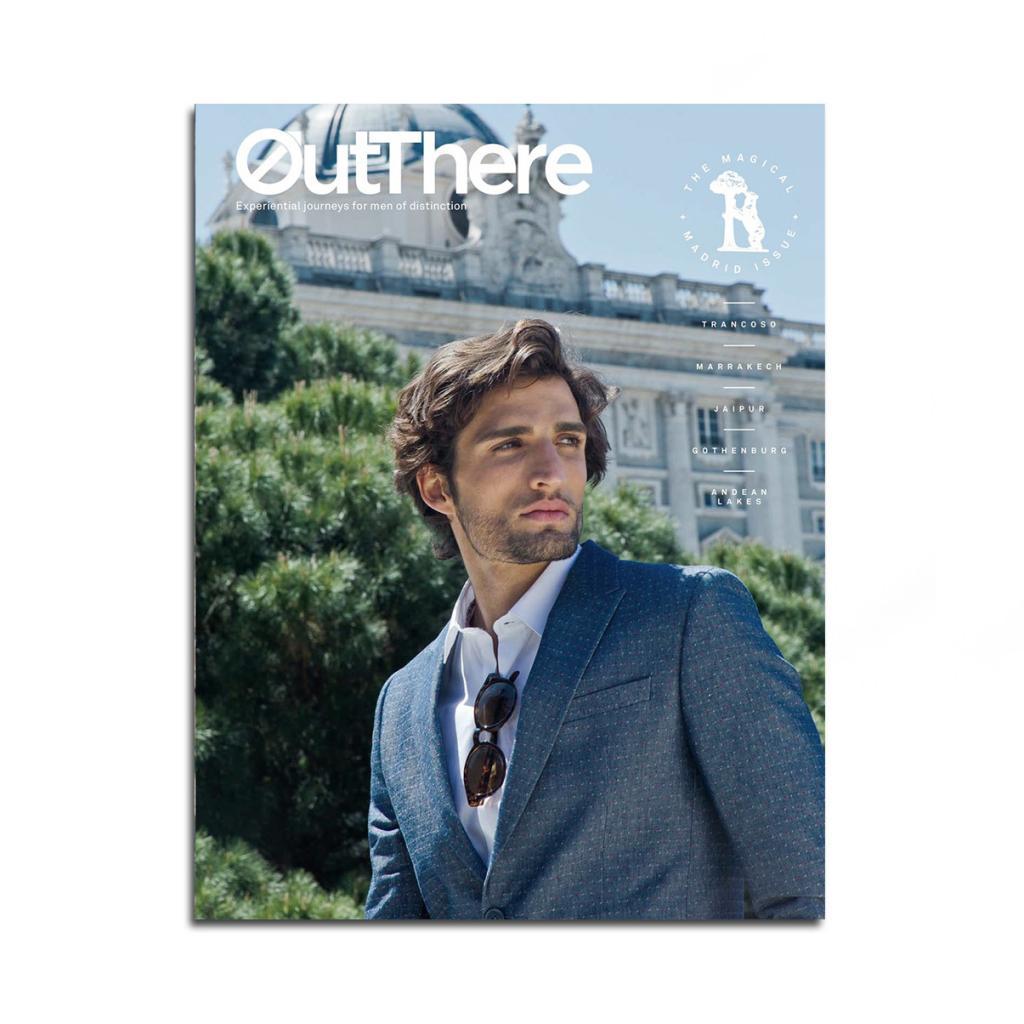
This story first appeared in The Magical Madrid Issue, available in print and digital.
Subscribe today or purchase a back copy via our online shop.
But where did this come from? 35 years of fascism is clearly enough to wipe out any expressive art form, not to mention a market for it. But in spite of the dictator Franco’s repressive regime, it is said that Spanish art actually flourished. While many artists and writers were forced into exile or met with persecution, there were some outspoken artists who were feted in Madrid and were far less oppressed than we may expect, or remember. The surrealist Antonio Saura was greatly influenced by this time, leading to him to become an icon to these dark days, presenting at the Venice Biennale just a year after Franco’s death. Others, like the militant, pro-Basque Chillida managed to survive unscathed. It is also alleged that Franco loved cinema and photography – he viewed it as a crucial part of the propaganda machine. And while his political views were textbook fascist, the country managed to retain a significant number, if not nearly all of its great works of art. It turned out that while Franco is much remembered as a tyrant, he was a cunning strategist and didn’t believe in the ‘all-or-nothing’ school of social transition. I’m not saying that what he did worked in any way whatsoever, the economy at the time totally and completely tanked and people were left desolate and poor. But unlike other dictators, he allowed some basic liberalisms – freedom of religious worship, tourism and strangely, the Eurovision Song Contest (Spain won in 1968). But moreover, Franco encouraged the visiting of museums and exhibitions. In Madrid, the Academia Breve opened a few years into his reign and in 1951, a Museum of Contemporary Art followed.
When Franco passed in 1975, it is said that everything changed, and an explosion of liberalism in the arts occurred. But art historians will tell you that a movement of anti-establishment, contemporary art had long been bubbling beneath the surface in Madrid’s underground Arts scene in the late 60s. Naturally, the ‘La Movida’ then made it possible for everyone to practise their art with no fear of persecution, or even critique.
“Feminism, gay rights, pacifism, disco and sexual liberation were all themes.”
But one thing did make a wholesale difference to the art world in Madrid – international influences. The late 70s and 80s was the first time in over three decades that there could be an exchange of artistic information on a global level. Feminism, gay rights, pacifism, decolonisation, disco and sexual liberation were all themes that Madrileños devoured. In 1983, Fernando Vijande brought Andy Warhol and Christopher Makos to Madrid and everyone lost their minds. Their visit was a big revelation, particularly for the youth of Madrid. It sparked great optimism and served as a boost for many to see that there was a tangible, international interest and a market for art.
The appetite for contemporary art continued to grow, with a brief hiccup in the 90s because of Spain’s economy. New public and private institutions sought to come to terms with the positioning of what they called ‘Spanish contemporary art’ in the global context. Spanish artists, curators and gallerists began to assume new responsibilities inside the art world and together they created an enormous demand and market appeal for it. Collectors both local and foreign also saw opportunities for profit in a previously neglected cultural field. Art fairs grew in dominance, subsidised by renewed government interest, capturing the attention of global media and securing international investment. Media burgeoned; magazines, newspapers and TV were all now showing an interest.
Today, Madrid is a world centre for contemporary art, a hotbed of experimentation, de-construction and bending of rules. A wide range of transformational and ephemeral, yet distinctively Spanish themes have appeared, positioned by brilliant local artists finding their own place on the international stage.
Radical protests coexist alongside the establishment. Official museums show similar works to scandal-provoking, smaller galleries. There’s a real energy in the art world in Madrid at present, one of innovation and one that demonstrates an insatiable spirit. It’s a great thing to experience, something perhaps born of oppression turning into an irrepressible creativity, with bucket-loads of optimism. It goes to show that the wounds of a traumatic past really can be healed by art.


